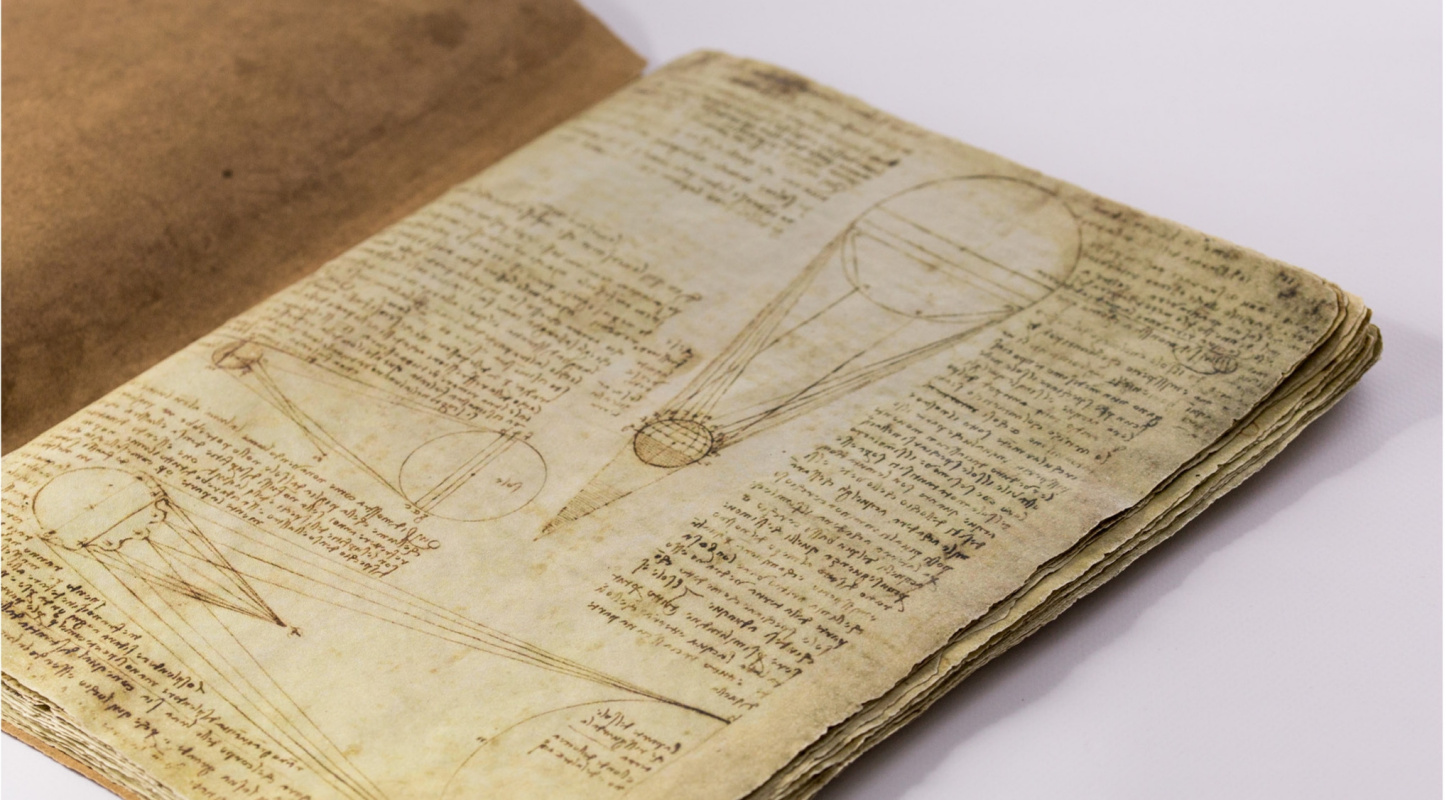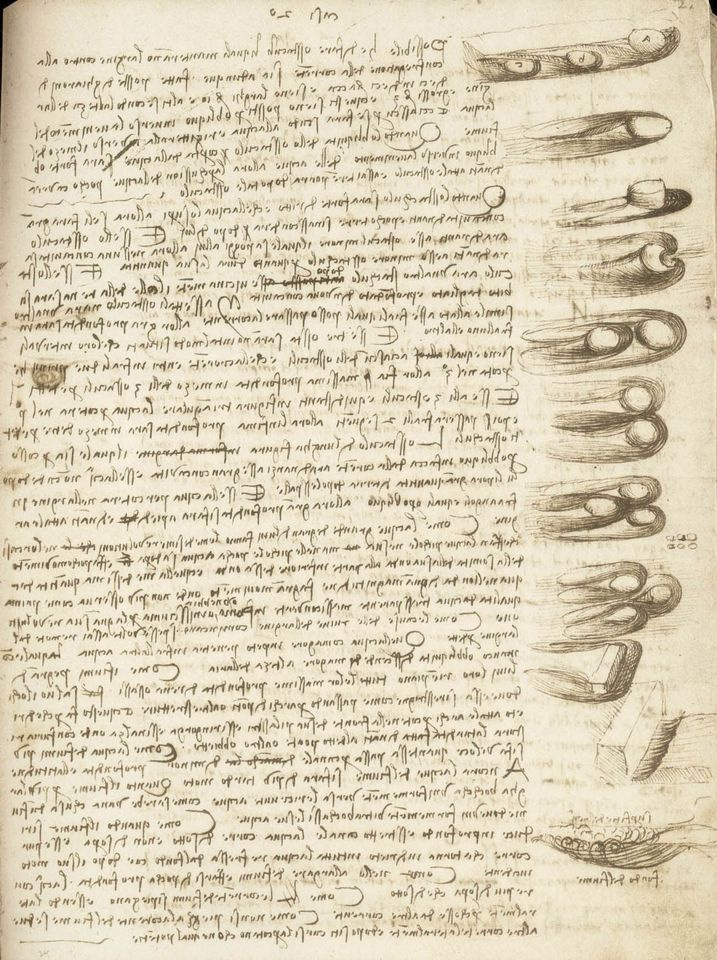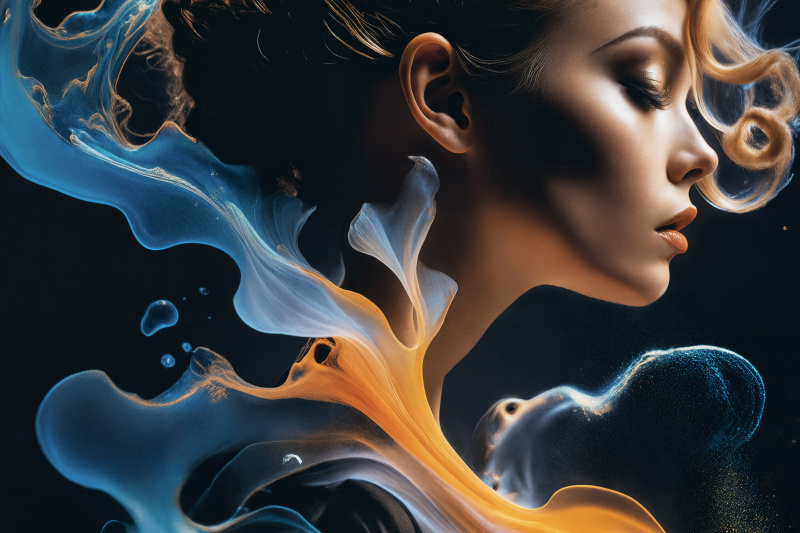To commemorate 500 years since the death of Leonardo da Vinci (2 May 1519), Bill Gates has agreed to lend the Codex Leicester purchased by him in 1994 to the Uffizi Gallery in Florence. The manuscript will go on display at the Uffizi from October 2018 until January 2019 for the first time in almost four decades and will be accompanied by the Codescope, an innovative multimedia device that makes the ancient manuscript readable and understandable to visitors.

Bill Gates, the founder of Microsoft, became the owner of the Leonardo manuscript when he bought it back in 1994 through Christie’s for US$30,8 million from the US petroleum magnate Armand Hammer. Today it still holds the record for the second highest sale price of any book sold and is considered one of the most famous of Da Vinci’s 30 scientific manuscripts. Last time the document was displayed in Florence in 1982 and it has attracted 400,000 of visitors at the time.

Bill Gates, billionaire and co-chair of the Bill & Melinda Gates Foundation, at the World Economic Forum (WEF) in Davos, Switzerland, on Jan. 18, 2017. Photo: Simon Dawson—Bloomberg/Getty Images
Leonardo manuscript, titled "On the Nature, Weight and Motion of Waterwill" was named the Codex Leicester later on, after its owner Thomas Coke, who was Earl of Leicester. It is made up of 18 leather-bound double-sided sheets (about 30×44 cm each) for a total of 72 pages, featuring da Vinci detailed left-hand annotations and fascinating drawings, sketches and diagrams.
The central theme of the codex is water: its nature, its movements, its strength in destroying the obstacles on its way. Leonardo not only observes it as an essential element but also makes recommendations how to transform its potential to benefit humans. He proposes innovative mechanical and plumbing devices, bridge construction and erosion.
The central theme of the codex is water: its nature, its movements, its strength in destroying the obstacles on its way. Leonardo not only observes it as an essential element but also makes recommendations how to transform its potential to benefit humans. He proposes innovative mechanical and plumbing devices, bridge construction and erosion.
Water was not the only interest of the inquisitive mind of the Renaissance
genius. Leonardo put notes of his scientific experiments and inquiries into different matters such as geology, mechanics and astronomy. Instead of a single linear script, Da Vinci arranged his codex as a mixture of observations and theories on astronomy; the properties of water, rocks, and fossils; air, and celestial light. He even covered the luminosity of the moon. An artist and an engineer, he actually described in here the phenomenon of planet-shine one hundred years before the German astronomer Johannes Kepler proved it.

The Codex Leicester, Leonardo da Vinci, 1504−1508. Photo: fanpop.com
The Codex Leicester "offers an intriguing vision of the extraordinarily vast horizons explored by Leonardo’s mind" and was written between 1504 and 1508, during "the most creative phase" of his career in Florence, says Paolo Galluzzi, the director of the Museo Galileo.
The Uffizi Galleries and the Museo Galileo collaborate in preparations for the coming exhibition, The Codex Leicester. Water, Nature’s Microscope, anticipated from October 29th, 2018 to January 20th, 2019.
The manuscript will go on display in the Aula Magliabechiana inside the Uffizi Gallery and will be accompanied by the Codescope, an innovative multimedia device that will help visitors to browse the manuscript individual sheets on the digital screens, to access the transcriptions and interpretations of the texts, written in Leonardo’s characteristic back-to-front mirrored style, and to receive information on the topics covered.
The manuscript will go on display in the Aula Magliabechiana inside the Uffizi Gallery and will be accompanied by the Codescope, an innovative multimedia device that will help visitors to browse the manuscript individual sheets on the digital screens, to access the transcriptions and interpretations of the texts, written in Leonardo’s characteristic back-to-front mirrored style, and to receive information on the topics covered.

Two pages from the Codex Leicester, Leonardo da Vinci, 1504−1508. Photo: Richard Drew / АР
Alongside the Codex Leicester and the Codescope that makes the manuscript readable and understandable for people of today, the exhibition will showcase other extraordinary drawings by Da Vinci from around the same period, on loan from Italian and international institutions, offering a comprehensive overview of the Italian Renaissance
, and particularly the flourishing period of creativity in Florence in the early 16th century.
The coming display provides a rare glimpse inside da Vinci’s mind and composes an exceptional illustration of the link between art and science and the creativity of the scientific process.
The coming display provides a rare glimpse inside da Vinci’s mind and composes an exceptional illustration of the link between art and science and the creativity of the scientific process.
Title illustration: Two pages from the Codex Leicester, Leonardo da Vinci, 1504−1508. Written on materials of theartnewspaper.com, artlyst.com, theflorentine.net, visittuscany.com, ilglobo.com.au, artnet news.


















